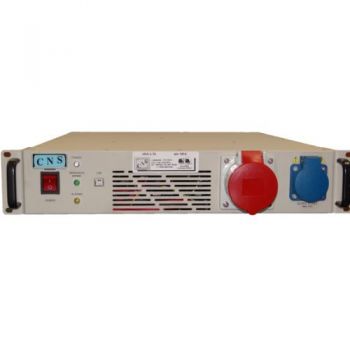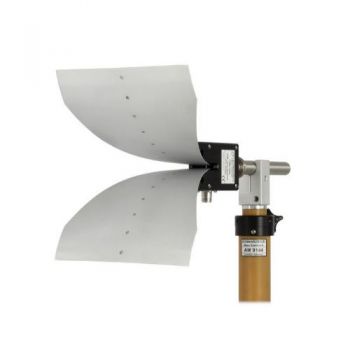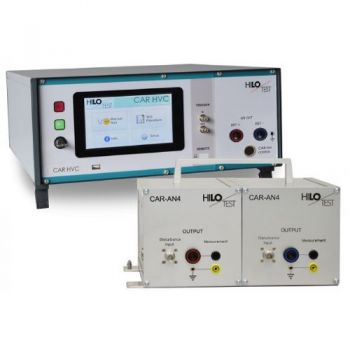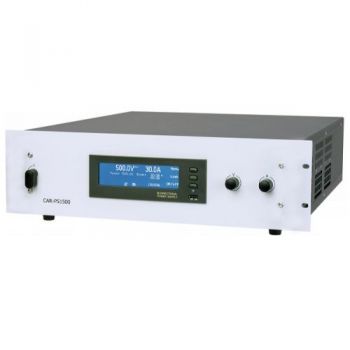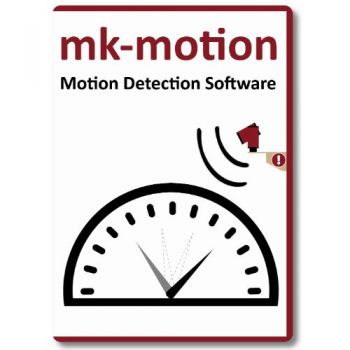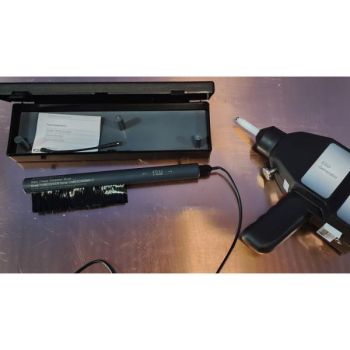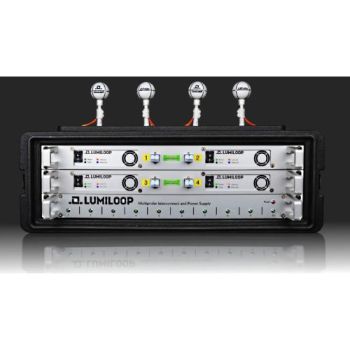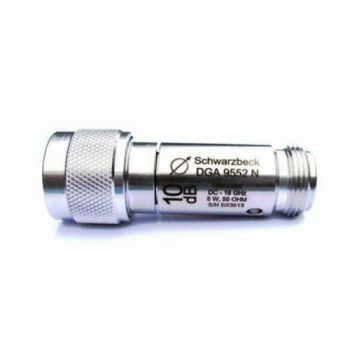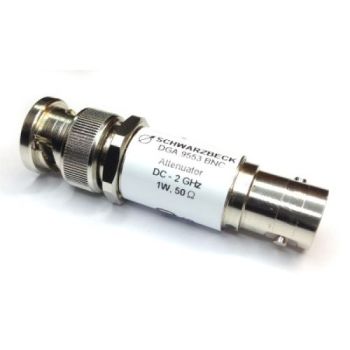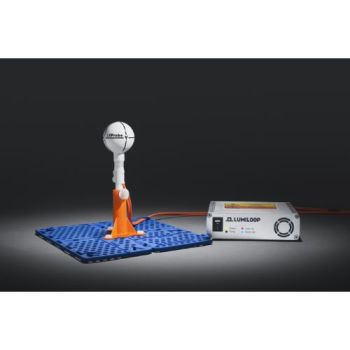Products
- Full compliant system meeting the requirements
- IEC 61000-3-2 Harmoinc Emissions
- IEC 61000-3-3 Flicker Emissions
- USB controlled, Windows 10 compatible software included
- Singel and 3 phase 16 Amp, 120 and 230 Voltages, 50/60Hz
- Includes Refernec impedance
Linear polarized Broadband TEM Horn Antenna (Aluminium) for receive and transmit applications, especially for generating radiated fields in close proximity immunity tests and UWB (ultra-wideband) measurements. A typical application is the IEC 61000-4-39 standard.
CAR AN-HV is used to simulate various types of transients that appear on the high voltage supply lines generated by the switching of various devices.
Pulse A represents ringing caused by switching operations of high voltage semiconductors. Pulse B represents sinusoidal waves generated by harmonics from the grid and revolutions from, for example, electric propulsion motors.
- Battery simulator
- Vehicle voltage up to 1500V
- Fast rise time up to 100V/μs
- Battery current: 30A
- Constant power: 15kW
The Motion Detection Software (mk-motion) analyses video images of a test object to detect deviations between target and actual behaviour. The mk-motion motion detection software is thus an optimal support for your EMC technician in his daily requirements.
Static Dissipation Brush is designed to meet section 7.2.4.1 of EN 61000-4-2: 2009. It is used to dissipate the charge on ungrounded equipment being tested.
LSFrame is LUMILOOP’s solution for straight-forward and reliable integration of one or more LUMILOOP products in a LAN-controlled, standard 19 inch form factor appliance.
LSFrame can host:
- LSProbe Laser-Powered Electric-Field Probes,
- CI 250+
- LSPM High-Speed Power Meters, and
- LSPM+ High-Speed Power Meters, and
- upcoming LUMILOOP products.
DGA 9552 N is a bidirectional attenuator, i.e. the attenuation and power capability specification is valid for both directions.
There is a large variety of applications for this attenuator: The measuring range of a spectrum analyzer can be increased. Any kind of meter can be protected against overload; it can be used to control the linearity of a meter reading. It can minimize measurement uncertainty caused by mismatched impedances. During an EMI receiver calibration, an attenuator directly at the pulse generator output is inevitable.
- 3, 6, 10, 20, 30, and 40 dB Values available
- 50 Ohm, Low VSWR
- 5 Watts, 1 kW peak (5 μsec. pulse width, 0.25% duty cycle)
- Optional storage case CCA
DGA 9553 BNC is a bidirectional attenuator, i.e. the attenuation and power capability specification is valid for both directions.
There is a large variety of applications for this attenuator: The measuring range of a spectrum analyzer can be increased. Any kind of meter can be protected against overload; it can be used to control the linearity of a meter reading. It can minimize measurement uncertainty caused by mismatched impedances. During an EMI receiver calibration, an attenuator directly at the pulse generator output is inevitable.
- 3, 6, 10, 20, and 30 dB Values available
- 50 Ohm, Low VSWR
- 1 Watts
The LSProbe 2.0 Field Probe is a high-speed, high-accuracy, and high-dynamic range electric-Field probe.
- Its standard frequency range of 9 kHz – 18 GHz. 1,000 V/m
- Best-in-class compensation of linearity, frequency, and temperature guarantees accurate measurements from less than 1 to at least 1,000 V/m.
- A dynamic range of 100 dB is achieved for many frequencies, enabling Field measurements at more than 10,000 V/m.
- Customized high Field-strength „X“-variants, supporting up to 30,000 V/m and a damage level of 100,000 V/m, are available upon request.

